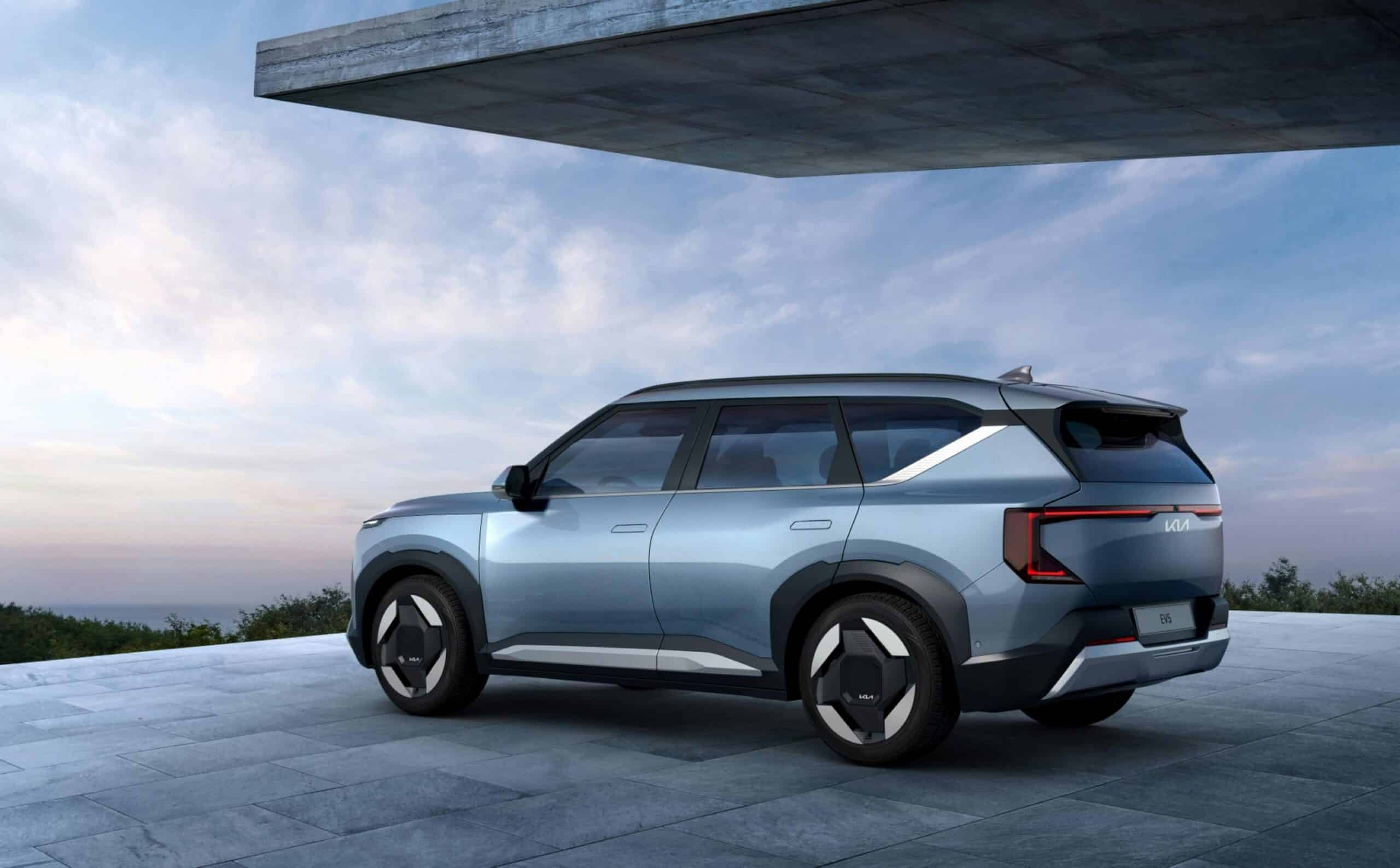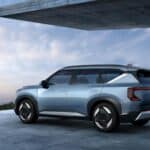Latest Trends in Electric Vehicles: What’s New in 2025
The electric vehicle (EV) market in 2025 is charging toward a new era of mobility, driven by innovative technology, ambitious government policies, and a growing wave of consumer enthusiasm. From cutting-edge batteries that promise longer ranges to expanding charging networks that make EVs more practical than ever, the industry is redefining how we drive. With new models hitting the market and sustainability taking center stage, 2025 marks a pivotal moment for electric vehicles—but challenges like cost and infrastructure gaps remain. Explore electric vehicle trends 2025, innovations, and hurdles shaping the future of EVs and why this year could spark a global shift in transportation.
1. EV Market Growth: Key Trends for 2025
The global EV market is growing steadily, fueled by stricter emissions regulations, consumer demand for sustainable transport, and technological innovation. According to BloombergNEF’s Electric Vehicle Outlook 2025, global EV sales reached 17 million units in 2024 and are projected to hit 18.8–22 million in 2025, representing 25–28% of new vehicle sales globally (BloombergNEF, 2025; Statista, 2025). China leads with a projected 60% EV sales share, followed by Europe (17%) and the U.S. (7%).
Key Drivers:
- Government Policies: The U.S. Inflation Reduction Act (IRA) offers tax credits up to $7,500 for EVs meeting critical mineral and battery component requirements, though restrictions on Chinese components limit eligible models (U.S. Department of Energy, 2025). Europe’s Fit for 55 package mandates zero CO₂ emissions for new cars by 2035, accelerating EV adoption (European Commission, 2025).
- Corporate Commitments: Volvo aims for a fully electric lineup by 2030, Mercedes-Benz by 2030 where market conditions allow, and GM plans to phase out light-duty internal combustion engine (ICE) vehicles by 2035 (company announcements, 2024).
- Consumer Demand: Rising fuel prices and environmental awareness are driving EV interest, though misconceptions about range and charging costs persist.
Market Forecast:
- Global Sales: 18.8–22 million units in 2025, with China contributing over 11 million (IEA, 2025).
- Regional Shares: Norway leads with an 88% battery electric vehicle (BEV) sales share, while emerging markets like Brazil (6%) and Vietnam (17%) are growing rapidly (BloombergNEF, 2025).
- Chart Suggestion: A bar chart showing 2025 EV sales shares by region (China: 60%, Europe: 25%, U.S.: 7.5%, others) would highlight global disparities.
Challenges: Policy uncertainty, such as potential U.S. tax credit rollbacks or EU tariffs on Chinese EVs (reducing their export share from 70% to 40% in 2024), could slow growth (Reuters, 2025).
2. New EV Models 2025: Diversity and Innovation
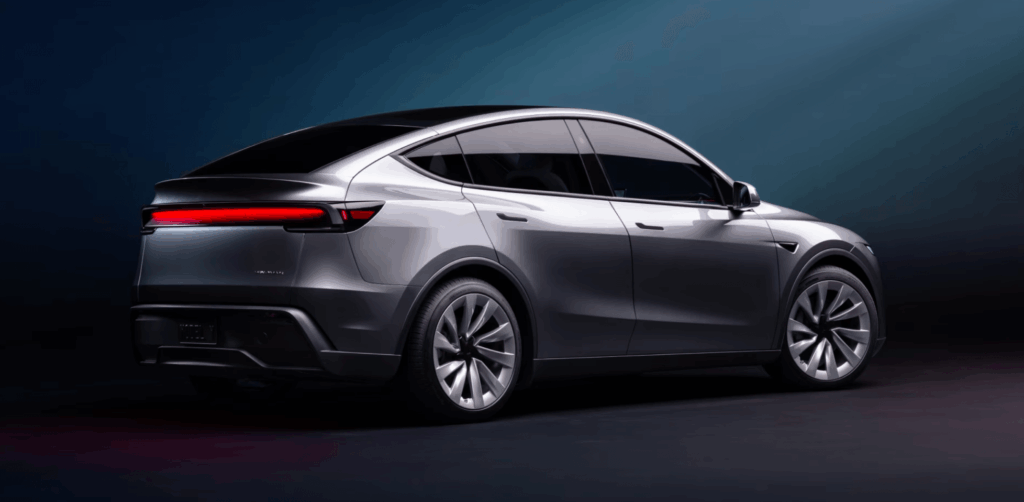
Automakers are expanding their electric vehicle portfolios in 2025, offering models across price points and segments, from compact urban cars to high-performance SUVs. These vehicles feature improved range, advanced driver-assistance systems (ADAS), and sustainable materials.
Highlights by Brand:
- Tesla: The Model Y “Juniper” refresh, launched in 2025, offers a sleeker design, 350-mile range, and enhanced Full Self-Driving (FSD) capabilities (Tesla, 2025). Tesla’s next-generation compact vehicle (codenamed Redwood), potentially priced at $25,000–$30,000, is slated for 2026, not 2025 as rumored on X (unverified X posts, 2025).
- Hyundai/Kia: The Ioniq 6 N delivers high performance, the EV9 offers spacious family-friendly interiors, and the Inster (Casper Electric) targets budget-conscious urban drivers with a price around $20,000 after incentives (Hyundai, 2025).
- Volkswagen: The ID.2, a compact EV for urban markets, offers a 280-mile WLTP range (200–250 miles real-world) and a price of €25,000 ($27,000 USD, potentially $25,000 with subsidies) (Volkswagen, 2025).
- Ford: The Explorer EV, built on Volkswagen’s MEB platform, is designed for European roads with compact dimensions and a 300-mile range (Ford Europe, 2025).
- BMW & Mercedes-Benz: The iX3 and EQE SUV combine performance with sustainable materials like recycled plastics and vegan leather (BMW, Mercedes-Benz, 2025).
Consumer Impact: This diversity caters to varied budgets and lifestyles, though affordability remains a challenge, with EVs costing 20–30% more than ICE vehicles in markets like the U.S. and Germany (IEA, 2025).
3. Battery Technology: Powering the Future
Battery advancements are central to EV evolution, improving range, charging speed, and sustainability while reducing costs.
Key Innovations:
- Solid-State Batteries: These promise 400–500 Wh/kg energy density (vs. 200–250 Wh/kg for lithium-ion), potentially enabling 500+ mile ranges and 10-minute charging by 2027–2028. Toyota and QuantumScape are leading, but mass production is not expected in 2025 (Toyota, QuantumScape, 2025). Claims of a 3,000 km range from Huawei’s patent (circulated on X) are unverified and likely exaggerated (X posts, 2025).
- Lithium Iron Phosphate (LFP): LFP batteries, used by Tesla (Model 3/Y standard range) and BYD (Dolphin), are safer, longer-lasting, and 20–30% cheaper than nickel-based batteries (IEA, 2025).
- Battery Recycling: Mercedes-Benz’s Kuppenheim, Germany, plant recovers 96% of lithium, cobalt, and nickel, reducing reliance on virgin materials (Mercedes-Benz, 2024).
- Emerging Chemistries: Sodium-ion batteries (e.g., CATL) are in early commercial use in China, offering lower costs but reduced range. Lithium-sulfur remains in pilot stages (BloombergNEF, 2025).
Impact: These advancements lower EV costs and environmental impact but face supply chain risks for cobalt and nickel (USGS, 2025).
4. Charging Infrastructure: Expanding Access
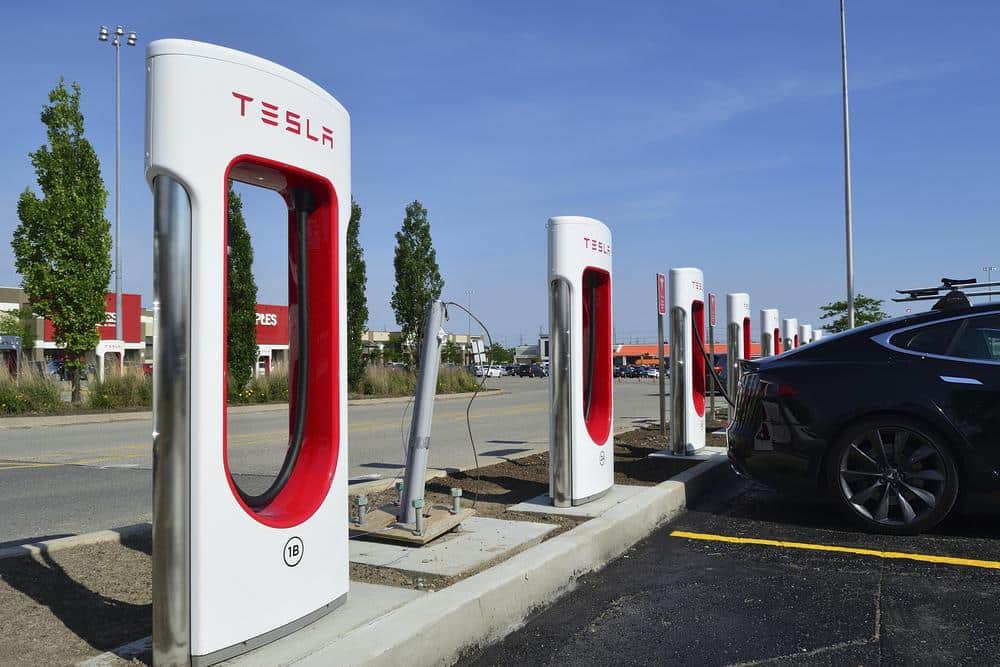
Charging infrastructure is scaling to meet EV demand, focusing on speed, accessibility, and smart technology.
Infrastructure Trends:
- Ultra-Fast Charging: Electrify America and Tesla Superchargers offer 250–350 kW, enabling 80% charge in 15–20 minutes for compatible EVs like the Hyundai Ioniq 6 (Electrify America, 2025).
- Wireless Charging: Small-scale pilots in Oslo (taxi charging since 2019) and Detroit (inductive roads) are testing feasibility, but widespread adoption is years away (Electreon, 2025).
- Vehicle-to-Grid (V2G): V2G systems allow EVs to return power to the grid, with pilots in California and the Netherlands (Nissan, 2025).
- U.S. Investment: The National Electric Vehicle Infrastructure (NEVI) program allocates $5 billion through 2026 for a coast-to-coast charging network (U.S. DOT, 2025).
Challenges: Public fast-charging costs can exceed gasoline in some regions, and rural areas lag in charger availability (IEA, 2025).
5. Affordability and Financing Options
Affordability remains a barrier, but automakers and dealerships are addressing it with lower-cost models and flexible financing options, including buy here pay here (BHPH) programs.
Affordable EVs 2025:
- Volkswagen ID.2: €25,000 ($27,000 USD, ~$25,000 with U.S. incentives).
- Fiat Panda Electric: €15,000 In Europe (~$16,000 USD with subsidies).
- Kia Inster: ~$20,000 after incentives in select markets (Kia, 2025).
BHPH Benefits:
- In-House Financing: Ideal for buyers with limited credit, offered by independent dealerships.
- EV-Specific Plans: Include battery warranties and charging credits.
- Used EVs: Certified pre-owned programs from Nissan, Tesla, and Chevrolet offer affordable options with warranties.
Context: Prices assume subsidies, which vary by region. Without incentives, EVs remain 20–30% pricier than ICE vehicles (IEA, 2025).
6. Used EV Market: Expanding Access
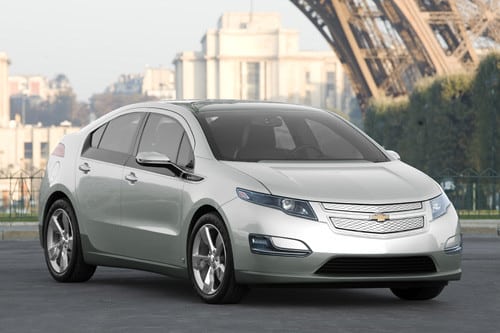
The used EV market is growing as early adopters upgrade, offering value for budget-conscious buyers. Sales of used EVs are projected to rise 20–30% year-over-year, driven by depreciation and increasing inventory (BloombergNEF, 2025, unconfirmed).
Why Buy Used?
- Cost Savings: Used EVs are 30–50% cheaper than new models due to depreciation.
- Battery Health Tools: Platforms like Recurrent provide diagnostics to assess battery condition.
- Incentives: States like California offer rebates for used EVs (e.g., $1,000–$4,000).
7. Autonomous and Connected Features
EVs in 2025 are increasingly intelligent, integrating advanced driver-assistance systems (ADAS) and connectivity.
Smart Features:
- Autonomous Driving: Tesla’s FSD Beta approaches Level 3 autonomy, while GM’s Super Cruise and Ford’s BlueCruise offer hands-free driving on mapped highways (Tesla, GM, Ford, 2025).
- Over-the-Air Updates: Improve performance and add features remotely.
- AI Integration: Predictive maintenance and smartphone apps enhance user experience.
8. Sustainability and Supply Chain Ethics
Sustainability is a priority, with manufacturers addressing ethical sourcing and environmental impact.Initiatives:
- Ethical Mining: Tesla and BMW invest in traceable, conflict-free supply chains for lithium and cobalt (Tesla, BMW, 2025).
- Recycled Materials: Volvo and Polestar use ocean plastics and vegan leather in interiors (Volvo, 2025).
- Carbon-Neutral Production: Volvo’s Torslanda plant is climate-neutral, powered by renewables (Volvo, 2024).
- Battery Recycling: Closed-loop systems recover 90–96% of materials (Mercedes-Benz, 2024).
9. Commercial and Fleet Electrification
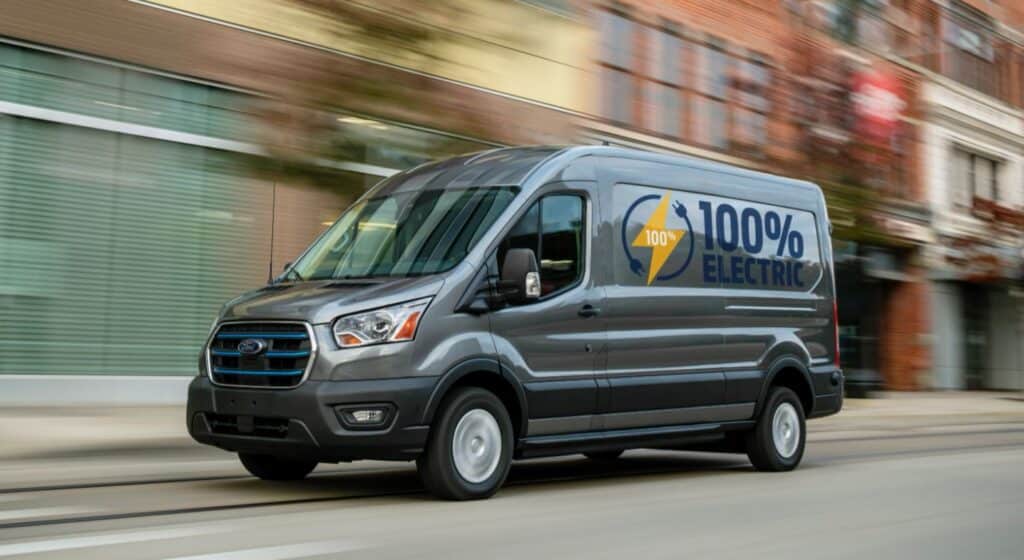
Fleets are electrifying to cut emissions and costs, supported by regulatory mandates.Fleet Trends:
- Delivery Vans: Amazon’s Rivian vans and Ford’s E-Transit are widely deployed (Amazon, Ford, 2025).
- Electric Trucks: Tesla Semi and Volvo VNR Electric serve freight needs (Tesla, Volvo, 2025).
- Public Transit: Electric buses from Proterra and BYD operate in cities like Los Angeles and London (Proterra, 2025).
10. Challenges and Outlook
The EV industry faces hurdles that could temper growth:
- Charging Costs: Public fast charging can cost $0.40–$0.60/kWh, exceeding gasoline in some regions (IEA, 2025).
- Policy Uncertainty: U.S. tariff hikes and potential subsidy cuts, plus EU tariffs on Chinese EVs, create uncertainty (Reuters, 2025).
- Supply Chain Risks: Lithium and cobalt shortages persist, with prices up 15% in 2024 (USGS, 2025).
- Consumer Misconceptions: Range anxiety and battery life concerns deter 30% of potential buyers (JD Power, 2025).
Consumer Education: Public campaigns and dealer training can address myths, emphasizing home charging benefits (90% of EV charging occurs at home) and real-world range adequacy (IEA, 2025).The Road Ahead:
- Global EV Share: Projected to reach 35–50% by 2030 (IEA, BloombergNEF, 2025).
- Emerging Markets: Brazil (120% sales growth in 2024), Vietnam (17% sales share), and Thailand (13%) are accelerating adoption, though Africa lags at <1% (BloombergNEF, 2025).
- Innovation Pipeline: Solid-state batteries, V2G, and AI will drive future growth.
Final Thoughts
The EV industry in 2025 is at a pivotal moment, with robust growth, innovative models, and expanding infrastructure making electric mobility more accessible. However, affordability, supply chain constraints, and consumer education remain critical challenges. By addressing these through targeted policies, investment in charging networks, and transparent communication, the industry can sustain its momentum. Emerging markets and technological breakthroughs promise a bright future, but collaboration across stakeholders is essential to achieve a 40–50% global EV share by 2030.
Thanks for taking the time to read our analysis on electric vehicle trends 2025. Our goal was to make it interesting and informative. If you’re looking for a more in depth review of an electric vehicle, check out our article on the Nissan Leaf. Cheers!
